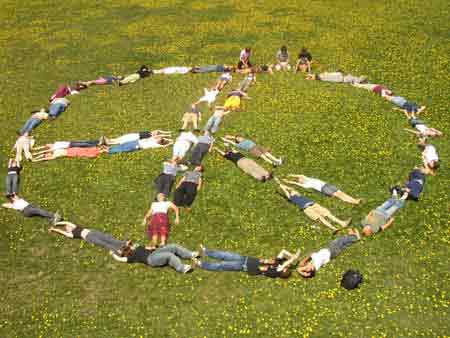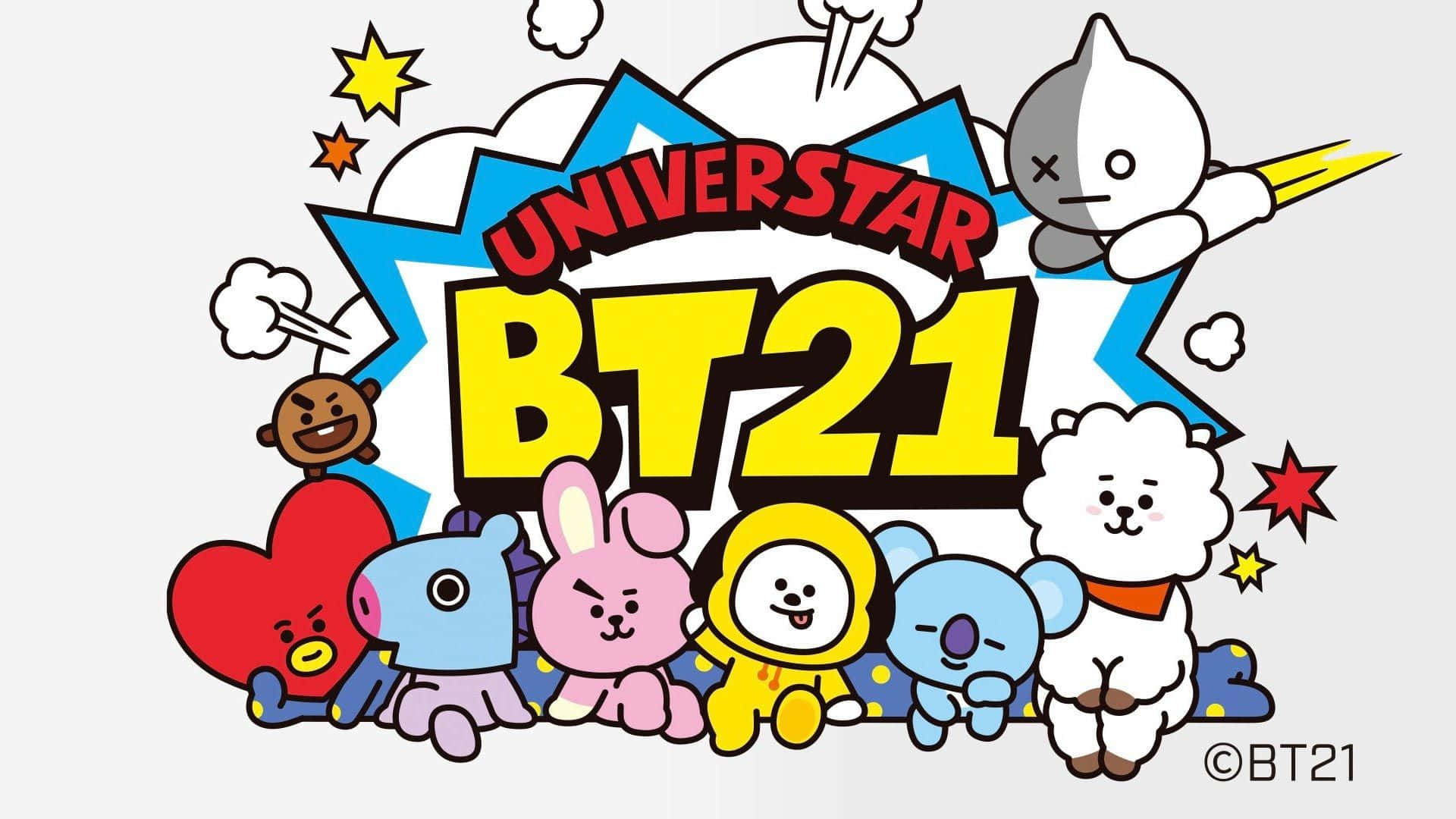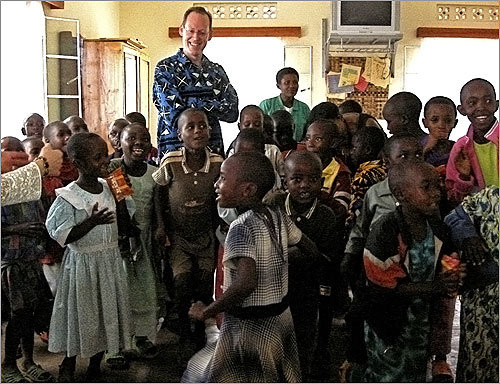I have to admit that before Wednesday night, I never bothered to think about my perception of what "cool" is.
I simply used it as a word akin to "good" or "interesting", used it to describe things such as a fun locale, an intriguing class, or the latest bizarre diagnosis on House. However, since our class discussion on the endless array of coolness that fills vast outer reaches of pop culture, I haven't been able to stop thinking about what "cool" means. What is it about someone or something that makes us reach into our collective lexicon and pull out the most honored label of "cool"? Though personally I don't necessarily subscribe to postmodernism, I believe that we can all easily assume that "cool" is relative as well as surprisingly complex. In modern society, it is not uncommon for things as diverse as the Religious Freedom and Civil Marriage Protection Act and Beyonce's new music video to be referred to using the same word: cool. Cool can be anything, and anything can be cool.
For example, Barack Obama (as F. John mentioned) has most definitely been deemed cool by American popular culture. But what is it that makes Obama so cool? Is it his youth, his straightforwardness, his celebrity support? I believe that all of these things contribute to Obama’s coolness, but that a large part of being cool is one’s self-perception. No matter what cool really is, it is both socially and individually defined. This is why not only our president can be called cool, but so can punk rockers, comic book collectors, your local school’s star quarterback, and even aspiring museum curators who like to knit.
I think the cool thing about “cool” is that it is essentially indefinable. However indefinable it may be, though, the concept of cool is still worth exploring. I have never had an Honors class that has not somehow changed my perception of the world in some way, and I am positive that this one will not be the exception. Cool is a complicated topic, but I look forward to seeking out all of the different facets of “cool” experienced throughout the last century of film. In the words of Margo Channing—in my opinion, one of the coolest characters to ever grace the Silver Screen--, “Fasten your seatbelts, it’s going to be a bumpy night.”


 Wittiness
Wittiness


